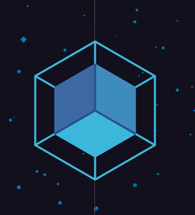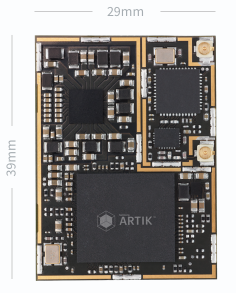Samsung Enters IoT Fray with Dev Platform

The other shoe has dropped in the race to define the conceptual framework called the Internet of Things as technology juggernaut Samsung Electronics unveiled its vision that is built around a cloud-based development platform
Speaking at the IOT World conference in San Francisco this week, Young Sohn, Samsung Electronics president and chief strategy officer, said the Samsung IoT platform integrates "production-ready" modules, software, development boards, drivers, tools and security features along with connections to the cloud. The platform would enable the next generation of smart IoT devices and services, Sohn asserted.
Samsung plans to leverage its considerable volume manufacturing, advanced chip technologies and strength in the consumer electronics market to advance its IoT framework built around its Artik development modules.
Sohn called for developers to construct a platform that would deliver new IoT applications and services that "address major challenges the world faces." This is admirable. However, observers note that electronics giants like Samsung and Intel are also looking for ways to sell more chips. One way is adding intelligence to as many sensors and devices as possible, and then connecting them via the cloud.
As things stand now, that is the working definition of the IoT.
Samsung joins a growing list of technology powerhouses investing considerable resources to define an IoT platform. Sohn said the Artik modules could be configured to meet the requirements of future IoT market segments, including the industrial applications market seen by most analysts as an early application for connected sensors and machines.
Samsung's IoT vision also seeks to leverage its open cloud initiative announced last year described as a "data-driven" development platform that includes APIs and software development kits. Further, Samsung said the cloud-based software layer would enable sharing large and diverse datasets from an infinite number of sources. That data can then be "broken up into smaller chunks for visualization and analysis," Sohn said.
The "SmartThings" cloud architecture would connect devices to the Internet so they can communicate with other linked sensors, devices or machines. That, Samsung said, will generate even more big data. The cloud framework also "enables device makers to focus on building IoT devices and applications without having to build and maintain the cloud infrastructure required to connect the devices," Samsung stressed.
Samsung Electronics' strength, of course, is chip making. Hence, a family of development modules underpins its IoT push. The smallest IoT module includes Bluetooth connectivity for low-power sensor and similar IoT applications. It also includes a nine-axis motion sensor. Samsung said the low-power module would operate three weeks without recharging.
A mid-tier Artik module is based on an ARM dual-core CPU/GPU and includes Wi-Fi and Bluetooth plus ZigBee connectivity along with 512 MB of memory and video codecs. The module leverages Samsung's chip packaging technology used to great affect in the consumer electronics market.

Samsung's high-end IoT development module
A high-end module is based on ARM-based eight-core CPU/GPU and other features Samsung incorporates into its mobile phones. These include video and audio processing, 2 GB of DRAM and 16 GB of flash memory. Samsung said it is targeting the high-end module with Wi-Fi and Bluetooth connectivity to IoT applications like home servers and industrial automation.
The chipmaker is betting that IoT device requirements will vary in terms of power consumption, processing power and form factor. In many early use cases, smaller will likely be better, which plays to Samsung's strength as a driver of chip scaling. "Industry requirements for IoT devices vary in terms of battery life, computational horse power and form factor,” said Sohn. "Samsung is directly addressing the needs of the widest range of customers, uses and applications."
Along with embedded security that attempts to go beyond software encryption, Samsung also touted its IoT software stack and other tools that it claims would allow developers to use an application framework rather than having to build software libraries from the ground up.
Related
George Leopold has written about science and technology for more than 30 years, focusing on electronics and aerospace technology. He previously served as executive editor of Electronic Engineering Times. Leopold is the author of "Calculated Risk: The Supersonic Life and Times of Gus Grissom" (Purdue University Press, 2016).










